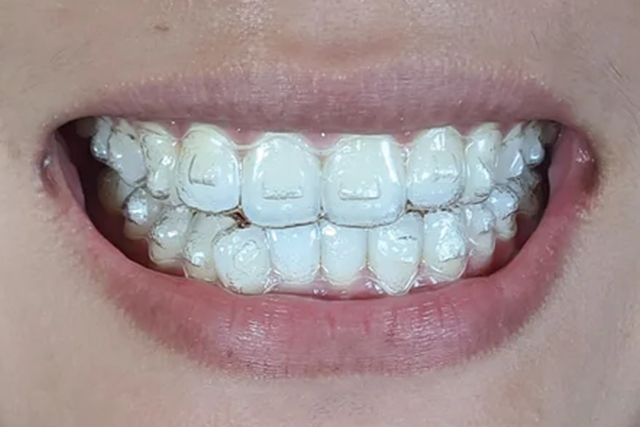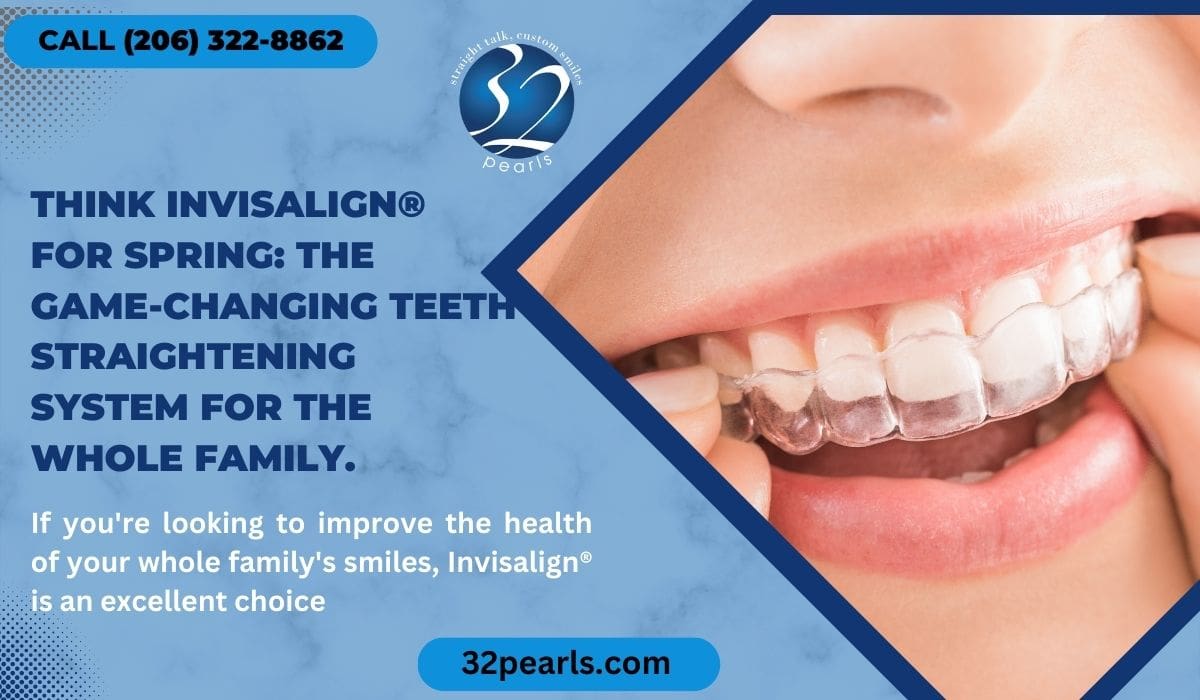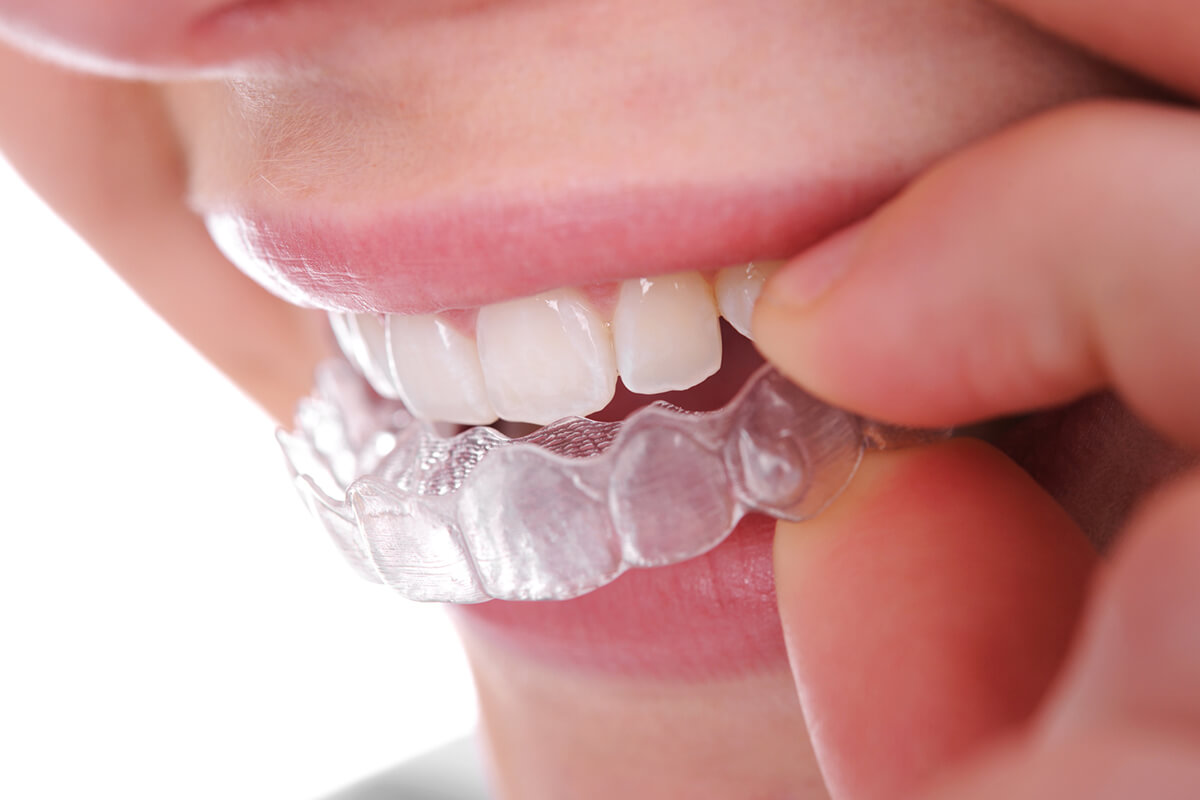Leading Reasons to Select Invisalign Over Other Orthodontic Treatments
Leading Reasons to Select Invisalign Over Other Orthodontic Treatments
Blog Article
Invisalign vs. Typical Dental braces: Which Option Is Right for You?
When thinking about orthodontic therapy, the selection in between Invisalign and conventional braces provides numerous vital factors that merit cautious analysis. Invisalign supplies a discreet option with detachable aligners, while traditional braces provide a more visible yet effective service for serious misalignment.
Introduction of Treatment Choices

On the other hand, conventional dental braces are composed of steel brackets and cables that are adhered to the teeth. This method applies constant stress over time to accomplish placement. While reliable for complex orthodontic problems, typical braces need normal check outs for changes and can position difficulties in keeping dental hygiene because of the difficulty of cleaning around cords and brackets.
Both choices have their benefits, and the selection commonly depends upon details dental conditions, way of living preferences, and individual conformity. Ultimately, seeking advice from an orthodontic expert is critical for figuring out one of the most ideal therapy plan tailored to individual needs. Understanding the nuances of each option can significantly influence the general success of orthodontic therapy.
Aesthetic Considerations
A substantial aspect affecting the selection in between Invisalign and traditional dental braces is the aesthetic charm each treatment uses. Invisalign aligners are crafted from clear plastic, making them practically unseen when worn.
On the other hand, conventional braces contain metal braces and cords, which can be much more recognizable. While improvements in orthodontic modern technology have caused the development of smaller braces and tinted elastics, traditional braces still preserve an even more conspicuous profile. For some people, the presence of braces may prevent them from looking for necessary therapy.
Inevitably, the choice in between Invisalign and typical braces may rest on individual preferences pertaining to appearances. Clients who focus on discretion usually favor Invisalign, while those that are much less concerned regarding visibility may choose conventional braces. Recognizing the aesthetic ramifications of each alternative is essential for making an educated decision that lines up with one's way of living and preferences.
Comfort and Convenience

In terms of benefit, Invisalign aligners are detachable, allowing individuals to appreciate their preferred foods without limitation and preserve ideal oral hygiene. Brushing and flossing are streamlined, as the aligners can be obtained throughout these regimens, whereas standard braces require careful maneuvering around brackets and cords.
In contrast, typical braces necessitate normal modifications, making them go to this site much less hassle-free for those with hectic schedules. In general, the comfort and comfort of Invisalign make it an appealing choice for many people looking for orthodontic treatment.
Treatment Period and Efficiency
While both Invisalign and traditional dental braces are efficient in dealing with dental misalignments, the duration of treatment can differ dramatically between both options. Normally, Invisalign therapy can take anywhere from 12 to 18 months, relying on the intricacy of the instance. The clear aligners function by slowly changing teeth into their desired placements, and routine follow-ups with an orthodontist aid make certain development continues to be on the right track.
In contrast, conventional braces usually require a longer dedication, typically ranging from 18 months to three years. This is because of their fixed nature and making use of braces and cords, which can be a lot more efficient for intricate instances and severe misalignments (Invisalign). The treatment effectiveness of conventional braces is well-documented, as they enable for specific changes and greater control over tooth motion
Inevitably, the option between Invisalign and typical dental braces might depend upon both the awaited therapy duration and the specific dental problems at hand. Consulting with an orthodontist is essential, as they can offer tailored recommendations based on individual demands, ensuring the chosen approach straightens with preferred results and timeframes.
Expense Comparison and Insurance Coverage Options
Price plays a considerable duty in the decision-making procedure for individuals considering orthodontic therapy, whether selecting Invisalign or conventional braces. On standard, the expense of Invisalign arrays from $3,000 to $8,000, while conventional braces commonly cost in between $2,000 and $6,000. Aspects affecting these expenses consist of the intricacy of the case, the duration of therapy, and geographical location.
Insurance coverage can considerably influence out-of-pocket expenditures. Lots of dental insurance coverage strategies supply partial protection for orthodontic treatments, yet the specifics can vary commonly. It is critical for clients to evaluate their insurance coverage to determine the degree of insurance coverage for either option. Normally, standard braces might be more often covered by insurance policy plans compared to Invisalign, which some insurers categorize as an aesthetic treatment.
Furthermore, numerous orthodontic practices provide versatile settlement plans, making both therapy choices why not try this out extra available. People should ask regarding prospective funding alternatives and price cuts for ahead of time settlements. Assessing the total expense, including insurance policy benefits and layaway plan, is necessary for making an informed choice that straightens with both visual choices and spending plan factors to consider.

Final Thought
In summary, the selection between Invisalign and typical braces pivots on several elements, consisting of visual preferences, convenience, treatment duration, and price. Invisalign uses a discreet, removable option that assists next page in dental hygiene and nutritional flexibility, while typical braces might be much more ideal for complicated oral problems and often come with a reduced rate factor. Eventually, appointment with an orthodontist is vital to assess specific scenarios and identify the most appropriate treatment option for achieving optimal dental alignment.
When thinking about orthodontic treatment, the option between Invisalign and conventional dental braces provides numerous essential factors that merit careful evaluation.Contrasting Invisalign and standard braces discloses distinctive therapy alternatives for orthodontic improvement.While both Invisalign and traditional dental braces are effective in fixing oral imbalances, the period of treatment can vary significantly in between the two alternatives.Cost plays a substantial duty in the decision-making process for people thinking about orthodontic therapy, whether opting for Invisalign or standard braces.In recap, the choice between Invisalign and standard dental braces hinges on numerous elements, consisting of visual preferences, convenience, treatment duration, and cost.
Report this page